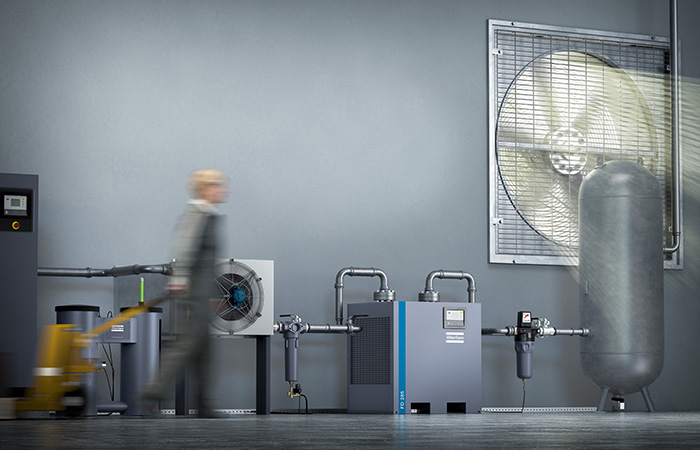
Condensate, or the liquid formed from compressed air, contains more than just water. It is a combination of hydrocarbons, and other potential airborne contaminates broken down into tiny particles suspended in water. This emulsification is not acceptable to discharge into a municipal sewage system without first being treated. Properties of the liquid can change depending on the environment and the manufacturing process.
Emulsification
Management of compressed air condensate may be as simple as installing a filter that separates the oil and other contaminants from water or at least to an acceptable level before being discharged. Some facilities use oil water separators North Carolina to treat their condensate, while other facilities that produce large quantities of liquid may choose to use a wastewater treatment process.
Concentration
The emulsified liquid can have a high or low pH value depending on outdoor conditions. The piping, plastic fittings, tubing, and valves can be impacted by an acidic or basic liquid causing corrosion increased material degradation. Testing the condensate during winter and summer can reveal how the concentration of water changes depending on the atmospheric humidity.
Contamination
Increasing sampling frequency can help diagnose problems related to issues with specific components in the liquid. Wind can carry contaminants into the compressor intake, causing an increased concentration of certain substances. Other sources of contaminates can be exhaust from surrounding operations outside the facility. Temperature inversions can influence contaminate levels in the mornings when temperatures start increasing, but the ground is still cole.
Having key data about the facility and the manufacturing process, along with an understanding of how environmental conditions impact the composition of condensate, can aid in the disposal management process. As the liquid is not acceptable for municipal disposal without treatment and considering the potential damage the condensate may pose to the piping system and other equipment, it is important to manage it properly.